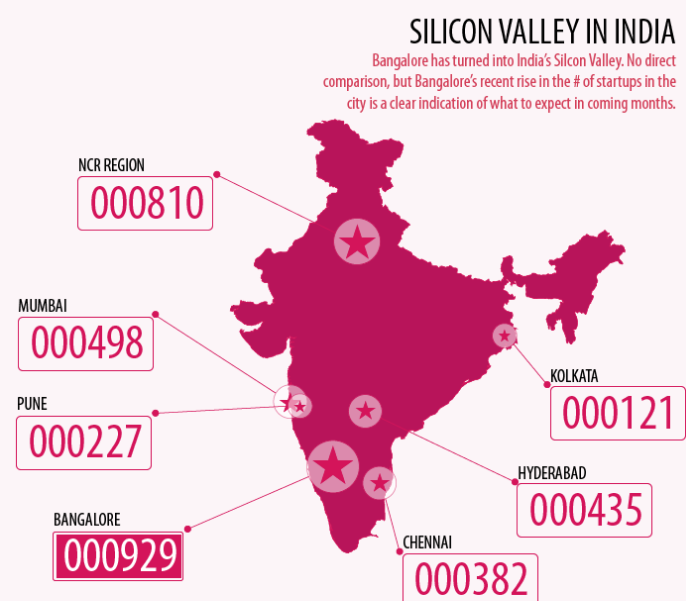When you analyze successful consumer and small business products, they succeed as a part of eco-systems and not just stand-alone products.
Consumers and small businesses don’t buy products, the engage in an ecosystem. Facebook is an ecosystem. It is a network of users, groups, businesses and advertisers. Email is an ecosystem, smartphones are an ecosystem, even computers are an ecosystem.
This is a very important question for people who are building technology products. What ecosystem do you belong to?
An ecosystem is a closed group of users or apps with a large number of connections. Once you identify your ecosystem, it is easy to find if your app has a demand. It is also easy to promote your app in an ecosystem, and crossing the chasm from early adopters to mature users is much easier.

But this only works if you are not looking to be a dominant player in an ecosystem. For example, if you want to make a Facebook app and not a new Facebook.
If you are working on a product that will be the dominating part of an ecosystem, then you have to build your ecosystem. For example if you are planning to disrupt the ecosystem of a popular accounting application like Tally, you have to build a new ecosystem that has all the elements of the Tally ecosystem.
This is worth saying again, you have to build an ecosystem and not just a product.
It is easy to see why Tally is so popular. Accountants know it already. There are training institutes all over the country that teach Tally. There is a ready pool of people you can hire who already know Tally. It has a wide number of “partners” that can help you setup and configure Tally and there are a wide number of plugins available for Tally.
So if a new business has to select an accounting system in India, it is most likely Tally. For the United States, its probably Quickbooks and so on.
So how do you build your own ecosystem?
First, its important to identify the problem you are trying to solve. An ecosystem has at least an order-of-magnitude higher scope than just a product. Second, its extremely hard, time-consuming and resource intensive.
An ecosystem has so many parts that it is crazy to understand just the scope of it.
- The Product itself: With the features, user interface, technology stack etc.
- Ways to use the product: installers, cloud, virtual machines, docker, vagrant.
- Users: Potential users, trial users, paid users, free users, young users, old users, business owners, managers, system administrators.
- Contributors: Translators, enthusiasts, evangelists, helpers.
- Developers: Core team, bug reporters, third party developers, customization specialists etc.
- Service Providers: Consultants, developers, trainers, testers.
- Training resources: Videos, manuals, forum, articles.
- Developer Tools: Collaboration, continuous integration, platforms, libraries, documentation, videos etc.
- Promotion Tools: Website, blogs, case studies, social media accounts, advertising, PR.
- New user on-boarding: Domain specific features, defaults, setup.
- Localization: Translations, accounting, statutory rules, service regulation.
- Roadmap: Feature requests, technology shifts, strategy.
- Maintenance tools: Monitoring, releases, upgrades, deployment.
- Communication: Support, Email, Forum, Chat.
- Events: Demos, meet-ups, conferences, talks.
When you start thinking about all these factors, it is almost impossible to think and come up with a plan. You have chunk each factor one at a time and try and make some progress. This may seem hard, but there is no other way of doing it.
Core Values
I think to build an ecosystem, you must have a deep motivation on why your ecosystem is better than the existing one and why various stakeholders will switch from their ecosystem to yours.
Merely a better product will not do. Dvorak is a better keyboard layout than QWERTY, but the costs of unlearning QWERTY to Dvorak are very high, hence users and manufacturers are all locked in to the QWERTY ecosystem. The product and or ecosystem has to offer a lot more for users to switch and they must be complete.

Products are hard enough. If you are clear on your core values and stick to them, and have loads of patience, only then you should attempt to build ecosystems. Otherwise, its better to work within another ecosystem.


